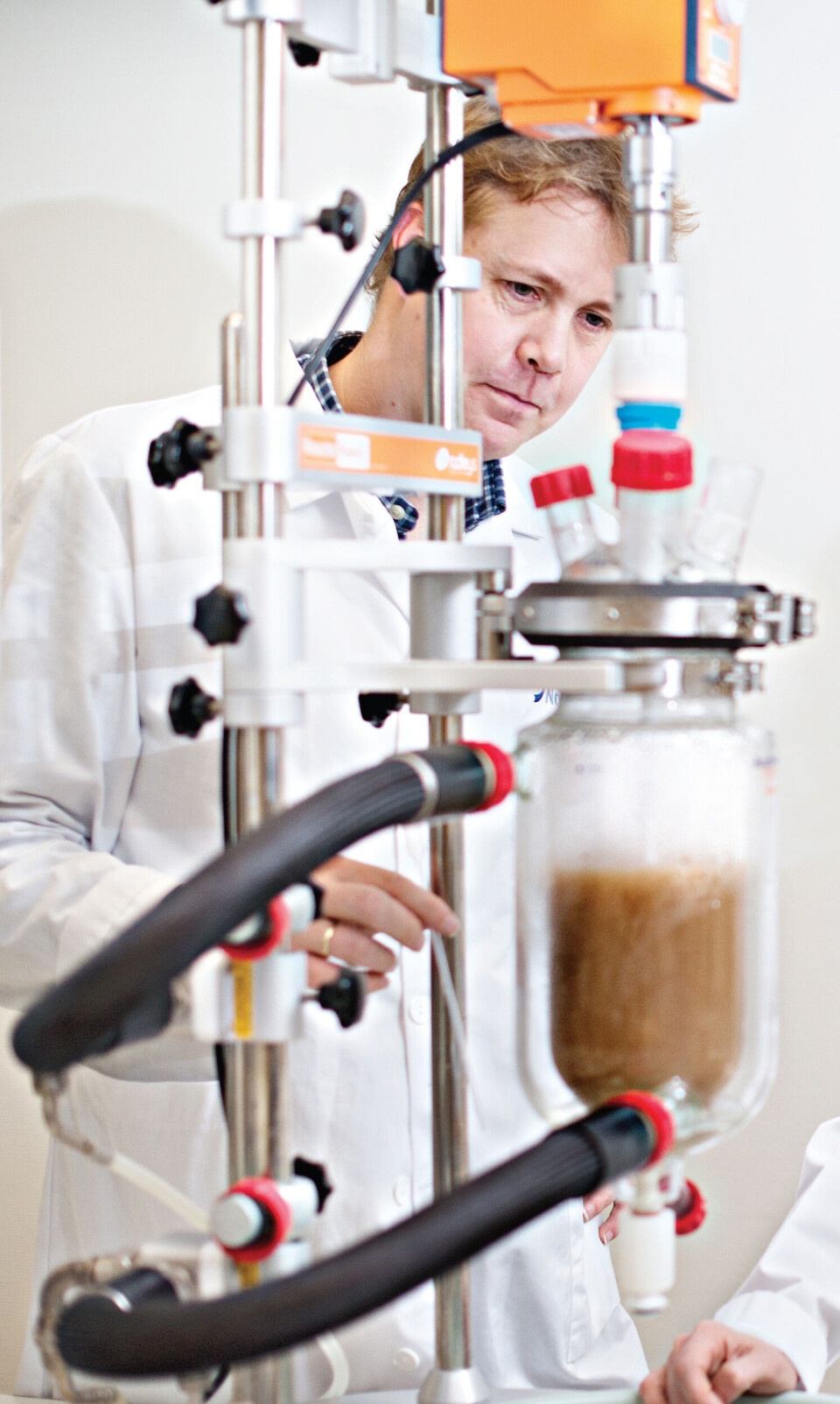THIS ARTICLE/PRESS RELEASE IS PAID FOR AND PRESENTED BY Nofima The Norwegian Institute of Food, Fisheries and Aquaculture Research - read more

Researchers have managed to make gelatin from chicken. This could be good news for those who do not eat pork
As many as three different protein products can be extracted from the same poultry carcass using newly developed processes. As a result, each individual chicken and turkey provides more value.
After the fillets are removed, up to 40 per cent of the chicken or turkey remains. In other words, there are many valuable parts that can be utilised in a better way.
In the industry, chicken and turkey carcasses are currently processed using enzymes that release the fat, break down the proteins and extract bones and minerals.
The fat is mainly used for animal feed. The protein is also used in animal feed, especially pet food, but also in food for human consumption.
Nofima scientists have now found a method that enables even more protein products with different uses and characteristics to be extracted from the same rest raw material – which accounts for up to 40 per cent of a chicken.
“It is time that we start looking at chicken carcasses as a raw material that is on a par with chicken fillets, and not a rest raw material,” Nils Kristian Afseth says.

Three products instead of one
The protein found in poultry can be divided into two main groups: muscle proteins and connective tissue.
“These have completely different characteristics, but this is not taken into account in today’s processing. All the protein ends up in the same product,” Afseth says.
He is the project manager of the Notably research project, which has now been completed.
The starting point in the project was to investigate whether it was possible to develop a process for extracting different types of protein hydrolysates using different compositions from the same raw material.
“It was possible,” he says.
Connective tissue proteins in poultry are unique in that they melt at higher temperatures compared to similar proteins from pigs, which are the main source of gelatin.
“So, by combining different temperatures and enzymes in relation to different proteins, we have developed a process where we get not just one, but three types of protein products from the same poultry carcass,” says Afseth.
The three products are:
- A muscle peptide mixture
- A mixture comprising of large collagen peptides
- A mixture comprising of small collagen peptides
Sports nutrition or for the elderly
The three products have completely different characteristics and possible applications:
Muscle peptides are good in nutrition. These products will therefore be a great if you want to protein-enrich food, or if you want to develop food products that are suitable for rapid absorption in the body.
Sports nutrition or food for the elderly, for example.
Could replace pork
Large collagen peptides don’t have a particularly good nutritional quality. However, they can contribute to texture in food and pharmaceutical products.
The peptides can be compared to gelatin, which is extracted from pigs and used a lot in food products.
The positive thing about poultry protein is that it can also be used where pigs cannot be used for religious reasons.
Affect living organisms
Studies have shown that the small peptides are very interesting in the development of different types of bioactive ingredients, i.e., ingredients that affect living organisms.
Work on developing the processes to improve the utilisation of rest raw materials is now continuing in a new collaborative project called Spectacoll, which started in January this year.
“Further work is now taking place along two paths: Optimising the process so that we can produce all three types of protein products efficiently and with high yields, and develop potential applications for all three types of protein products,” Nils Kristian Afseth says.
———
Read the Norwegian version of this article on forskning.no

This article/press release is paid for and presented by Nofima The Norwegian Institute of Food, Fisheries and Aquaculture Research
This content is created by Nofima's communication staff, who use this platform to communicate science and share results from research with the public. Nofima is one of more than 80 owners of ScienceNorway.no. Read more here.
See more content from Nofima:
-
Red algae grown in wastewater from fish-farming facilities could become sustainable salmon feed
-
Pumpkins are good for more than just Halloween decorations
-
This is how temperature affects a salmon's health and growth
-
Study: Omega-3 and zinc is a powerful duo for salmon
-
Fish may turn yellow if frozen too fresh
-
Is it better if food is packaged in plastic or paperboard?




































